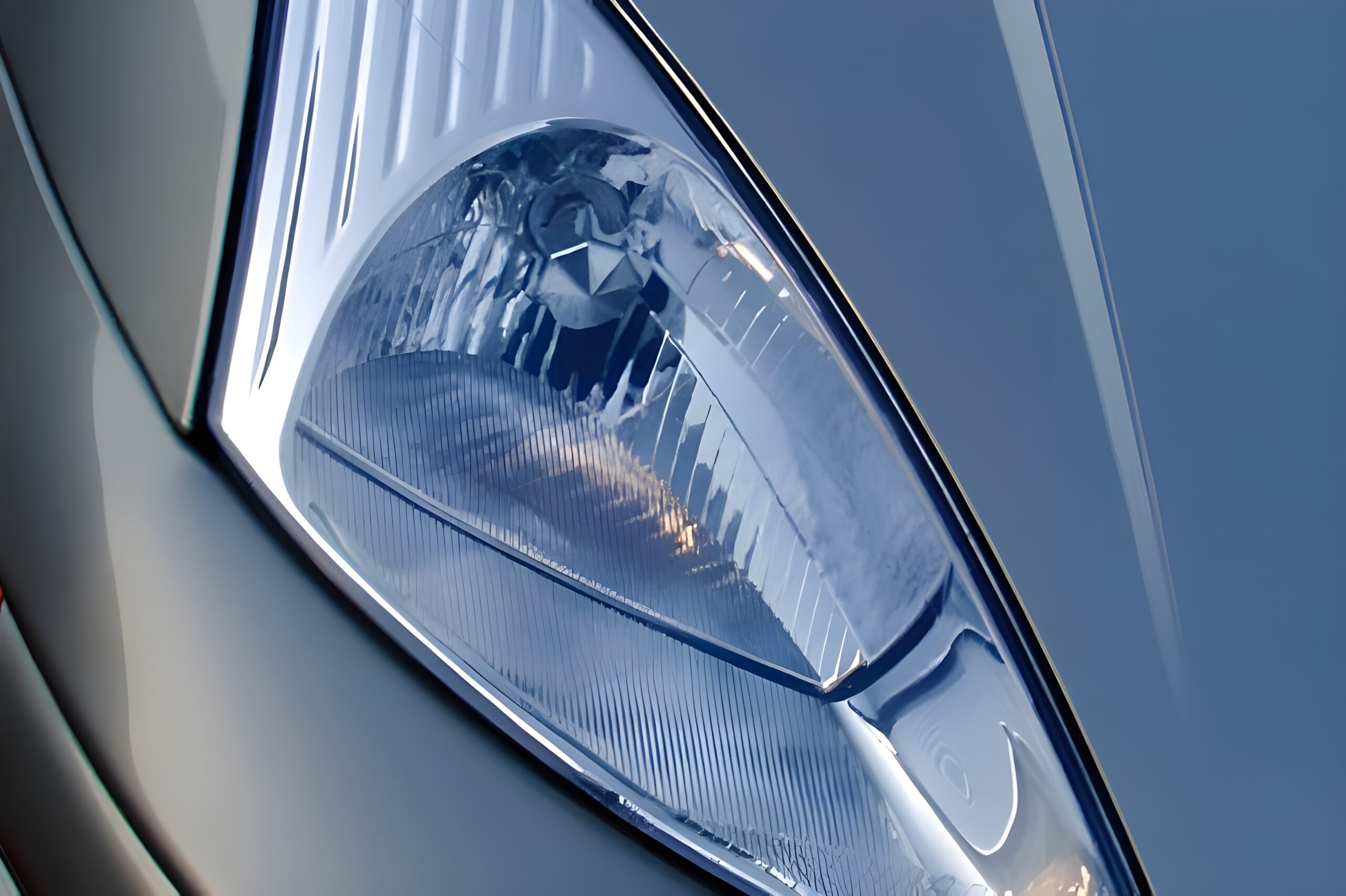WRC Success (1999-2003)
Following the initial success of the car Ford tried to boost their marketing strategy by building a rally version. WRC at this stage had a much bigger media impact than in previous decades and it was an opportunity not to be missed. The results of what was to follow transformed a very new design into an established enthusiast choice.
Ford contracted M-Sport to design a WRC contender with an all-wheel drive system and acquired the services of Colin McCrae and Carlos Sainz to drive it. Gunther Steiner led the development of the car, already well-known for his work in design the Lancia HF Integrale and would later work in the Jaguar/Cosworth team in Formula One.

It was fully loaded to say the least; with an active front and centre differential, a six speed sequential gearbox and a Turbocharged version of the Zetec 2.0 Litre engine. There were some interesting features, the engine was inclined 25 degrees to the rear and the Turbocharger was used previously on Escort Cosworth WRC cars. The exhaust system contains turbo anti-lag devices and is manufactured of Inconel alloy, heat resistant and extremely light. Many of the WRC engine, gearbox and suspension components were manufactured by L.M Gianetti, an Italian specialist. The gearbox was designed by British firm ‘Xtrac’ and mounted centrally underneath the car to maintain almost 60/40 weight distribution.
The suspension was pretty close to a standard road-MK1, only requiring spring and damper changes, mainly having adjustable Reiger dampers with a small Nitrogen tank mounted on each strut assembly.
After 11 months of development the Focus was ready for its WRC 1999 season and made an excellent debut at the Monte Carlo Rally finishing 3rd driven by Colin McRae who was then regarded as one of the best WRC drivers. There was also a second car driven by the French driver Jean-Joseph which finished 11th. For a completely new developed car this was a resounding start. However unfortunately due to an illegal water pump mounted separately off the engine the FIA later disqualified this entry and the points accrued. During the season Thomas Radstrom joined the team, a driver who enjoyed gravel and snow rallies. The biggest highlight is Thomas beating Didier Aurol in the Corolla WRC car overturning a deficit of a few seconds into 8 seconds ahead through some heroic driving and lots of weight shedding of the car.
Later that season Carlos Sainz joined the team for the 2000 season. Colin McRae was at the time extremely unhappy with the car’s reliability which hampered the ability to consistently build momentum towards a championship victory. The car of that season introduced a new turbocharger, improved aerodynamics with a smaller rear wing spoiler, clutch repositioning and some engine changes.
In total over 5 years the car won 16 rallies, 9 with Colin McRae as the driver who left the team in 2003, 5 with Markko Martin who replaced McRae and 2 with Carlos Sainz. The Focus WRC never won a WRC title but its impact has never been forgotten and influenced the design of road-destined RS!

